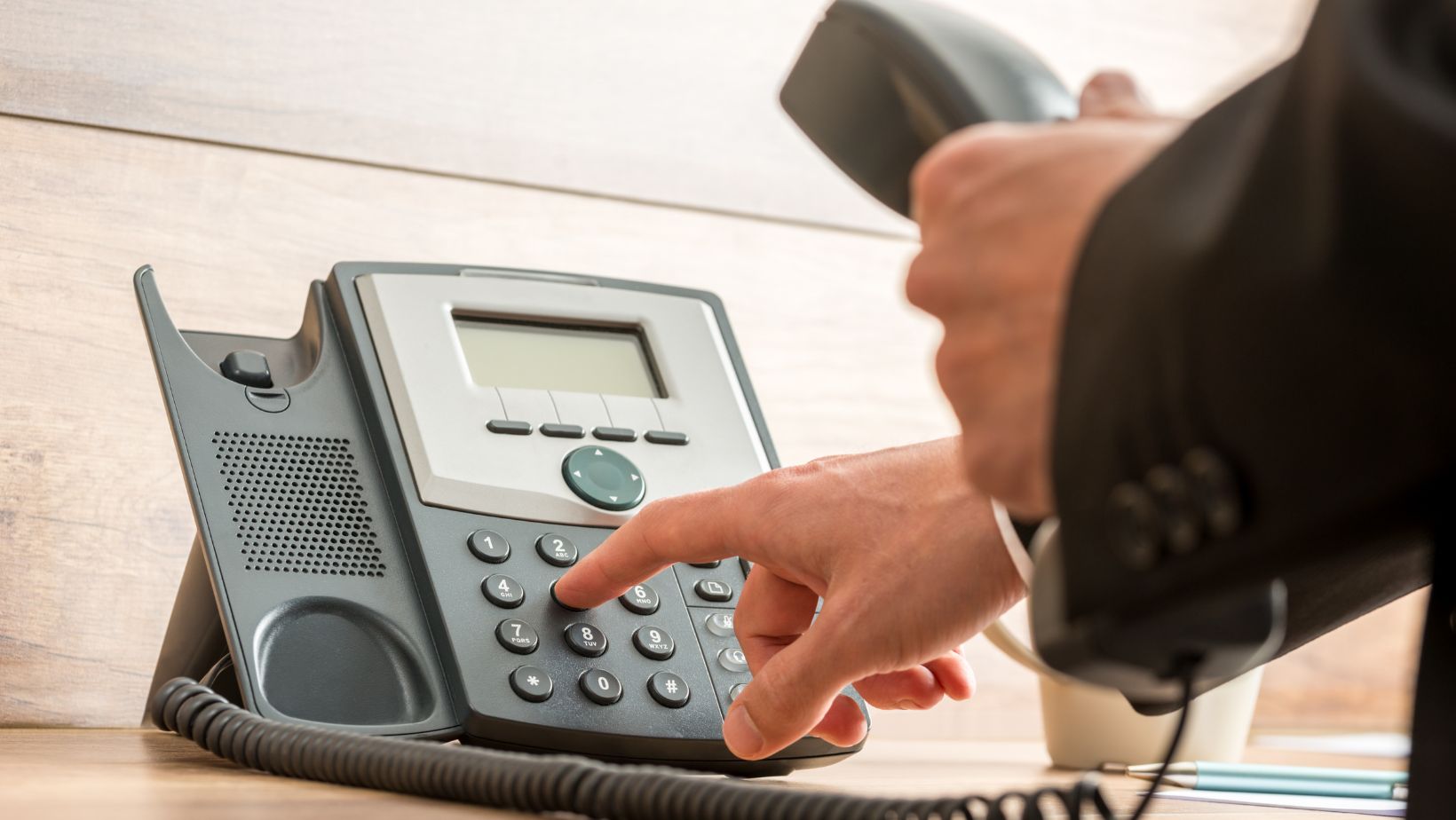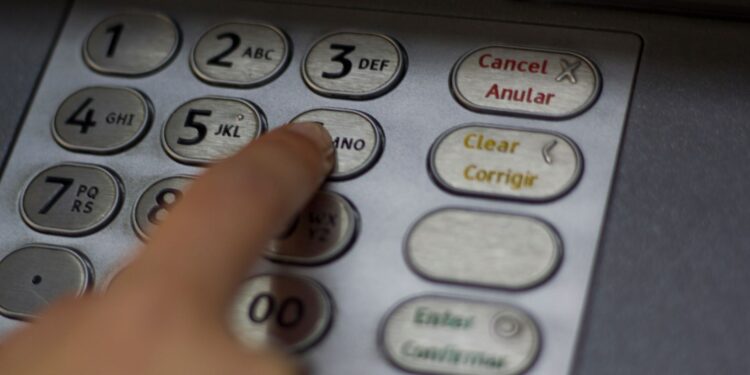Why Is There a + in Front of a Local Number
Ever wondered why there’s a “+” in front of a local number? Well, I’ll shed some light on this common telephone symbol. The “+” sign is actually an international dialing code used to indicate that you’re making an outbound call from one country to another. It simplifies the process of dialing international numbers by replacing the need for specific exit codes or access numbers.
When you see a phone number with a “+”, it means that the number can be dialed internationally. This is especially useful when you’re calling someone outside your own country or when you’re traveling abroad and need to reach a local business or individual. By using the “+” symbol, it eliminates any confusion about which specific international dialing code to use, as different countries have different codes.
The Significance of the + Symbol in Local Numbers
Understanding the Functionality of the + Symbol
When it comes to local numbers, you might have noticed a peculiar symbol: the “+”. But what does it mean, and why is it there? Well, let’s dive into the functionality of this symbol. The “+” sign serves as an international call prefix, indicating that you need to dial a specific code before making a call to another country. It acts as a universal gateway for connecting people across borders.
For instance, if you see a phone number with a “+1” in front of it, like “+1 (555) 123-4567,” it means that you’ll need to dial your country’s exit code followed by “1” to reach that particular number. In this case, “1” represents the country code for the United States. By using “+”, callers can easily identify which country they are calling from and ensure smooth communication with their international contacts.
The Historical Origins of the + Symbol in Local Numbers
The use of the “+” symbol originated from telecommunication systems and was standardized by the International Telecommunication Union (ITU). This practice was introduced to simplify international calling by providing a consistent format across different countries. Before its introduction, callers had to remember complex and varying exit codes depending on their location.
By adopting the “+” symbol as an international call prefix, individuals were able to make calls abroad without having to memorize different exit codes for each destination. This standardization revolutionized global communication and made connecting with people around the world much more accessible.

Understanding International Dialing Codes
In this section, I’ll explain why there is a “+” in front of a local number and the significance of international dialing codes. Let’s dive in!
- The Purpose of Dialing Codes: International dialing codes, also known as country calling codes or exit codes, are used to make international calls from one country to another. These codes help identify the specific country you wish to call and ensure that your call reaches the correct destination.
- The Role of the “+”: You may have noticed that when making an international call, you need to prefix the local number with a “+”. This symbol represents the international access code and is used as a substitute for different symbols depending on the country you’re calling from (e.g., 00 in many European countries). The “+” sign ensures that your phone recognizes it as an international call and routes it accordingly.
- Simplifying International Calling: The use of a universal symbol like “+” simplifies international calling by eliminating the need for callers to remember specific exit codes for each country they want to reach. Instead, using “+”, followed by the appropriate country code and local number, allows callers to easily connect with people around the world without worrying about complex dialing procedures.
- Country Codes: Every country has its own unique three-digit code assigned by the International Telecommunication Union (ITU). These country codes serve as identifiers and enable calls to be routed correctly across borders. For example, if you want to call someone in Australia, you would dial “+61” followed by their local number.
Here are some examples of common country calling codes:
| Country | Code |
| United States | +1 |
| United Kingdom | +44 |
| Germany | +49 |
| Japan | +81 |
| Brazil | +55 |
Remember that these are just a few examples, and there are country codes for every nation.
In conclusion, understanding international dialing codes is essential for making successful international calls. By using the “+” symbol and the appropriate country code, you can effortlessly connect with people from around the world. So, next time you dial an international number, remember to include that “+”, and enjoy staying connected globally!














